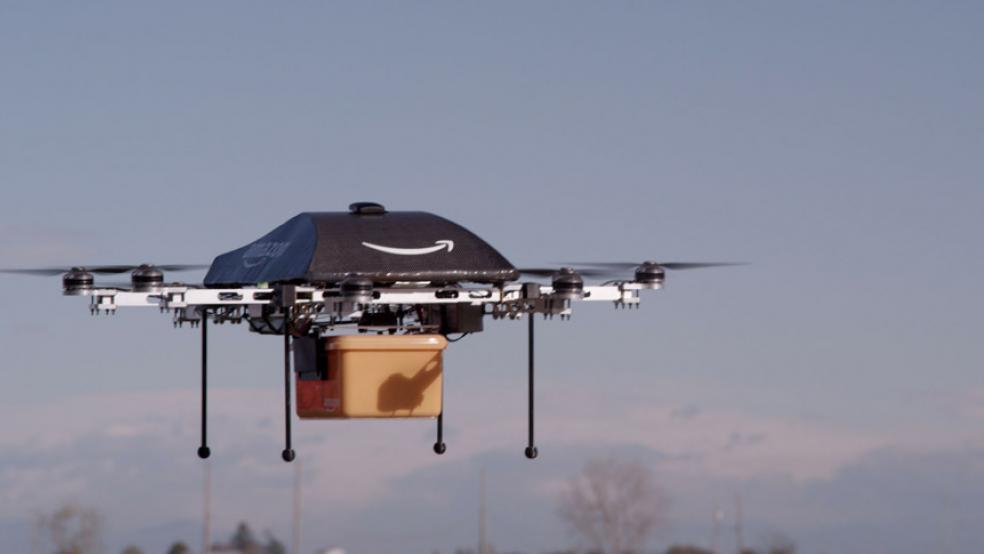A handful of states are preparing for a huge economic boom as the commercial drone industry clears for takeoff.
The Federal Aviation Administration announced Monday that it has authorized six different institutions to begin testing unmanned aerial vehicles (UAVs), the industry preferred term, across nine different states, signaling the next step toward the integration of commercial drones into the nation’s airspace.
Related: What’s Grounding the Commercial Drone Industry?
The tests –which will include exploring safety standards and pilot requirements, will help the FAA determine how best to regulate the industry. The drones come in all shapes and sizes and can perform duties like crop dusting, package delivery, traffic monitoring, among other things. The agency is required by law to issue regulations by 2015.
Experts estimate the industry could be worth $10 billion in the next few years, and $80 billion within the next decade, according to the Association for Unmanned Vehicle Systems International.
That’s why the competition to host the test sights was especially tough, with 25 different applicants scrambling to win and score an almost certain economic boom in their states.
The FAA selected six institutions to monitor the nine test sites, including Griffiss International Airport in upstate New York, which will also fly into New Jersey; Virginia Tech; University of Alaska, which will also fly the drones in Hawaii and Oregon; the North Dakota Department of Commerce; Texas A&M University; and the State of Nevada.
Related: 10 Coolest Drones You Can Buy
State officials in Nevada have estimated that the test site will result in thousands of new jobs for UAV direct employees, with an average wage of about $62,000. The state also expects to see a boost of $2.5 billion to the economy and an estimated $125 million in annual state and local tax revenue.
“This is wonderful news for Nevada that creates a huge opportunity for our economy,” Sen. Harry Reid (D-NV) said in a statement. “Nevada has long been a leader in the UAV Industry, and no state makes a better candidate than ours.”
FAA administrator Michael Huerta told The New York Times, the sites were selected because they “provided a diversity of geography, climate and air traffic density.” Each site will test different areas of the regulation process, including safety, failure modes, and climate conditions, among others.
Related: Entrepreneurs Bet Drone Industry Will Fly Sky High
Flight tests will begin within the next six months, though the FAA would not disclose where they would be carried out. Some of the tests will determine how the drones interact with other aircrafts. Though drones are expected to take to the skies by the end of 2015, the research will likely continue until 2017, according to FAA officials.
Until regulations are passed, commercial drones cannot be used without permits issued by the FAA. The agency has only officially issued one commercial drone license to a company--- Alaska-based oil company ConocoPhillips. Still, other major companies have expressed interest. Earlier this year, Amazon chief, Jeff Bezos, announced that his company plans to deliver packages by drone. Fed Ex CEO Fred Smith has similar ambitions.
Follow Brianna Ehley on Twitter @BriannaEhley
Top Reads from The Fiscal Times:





